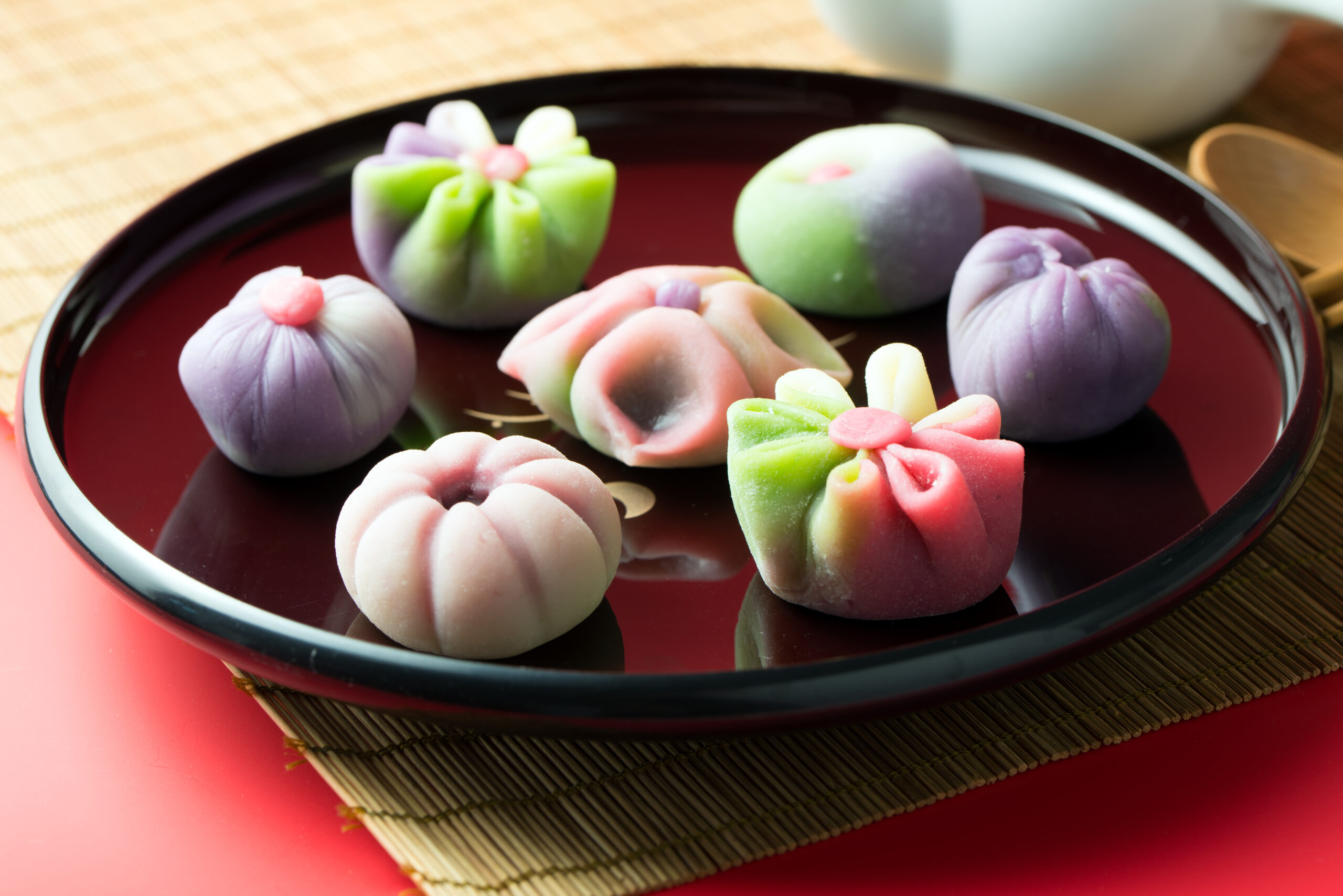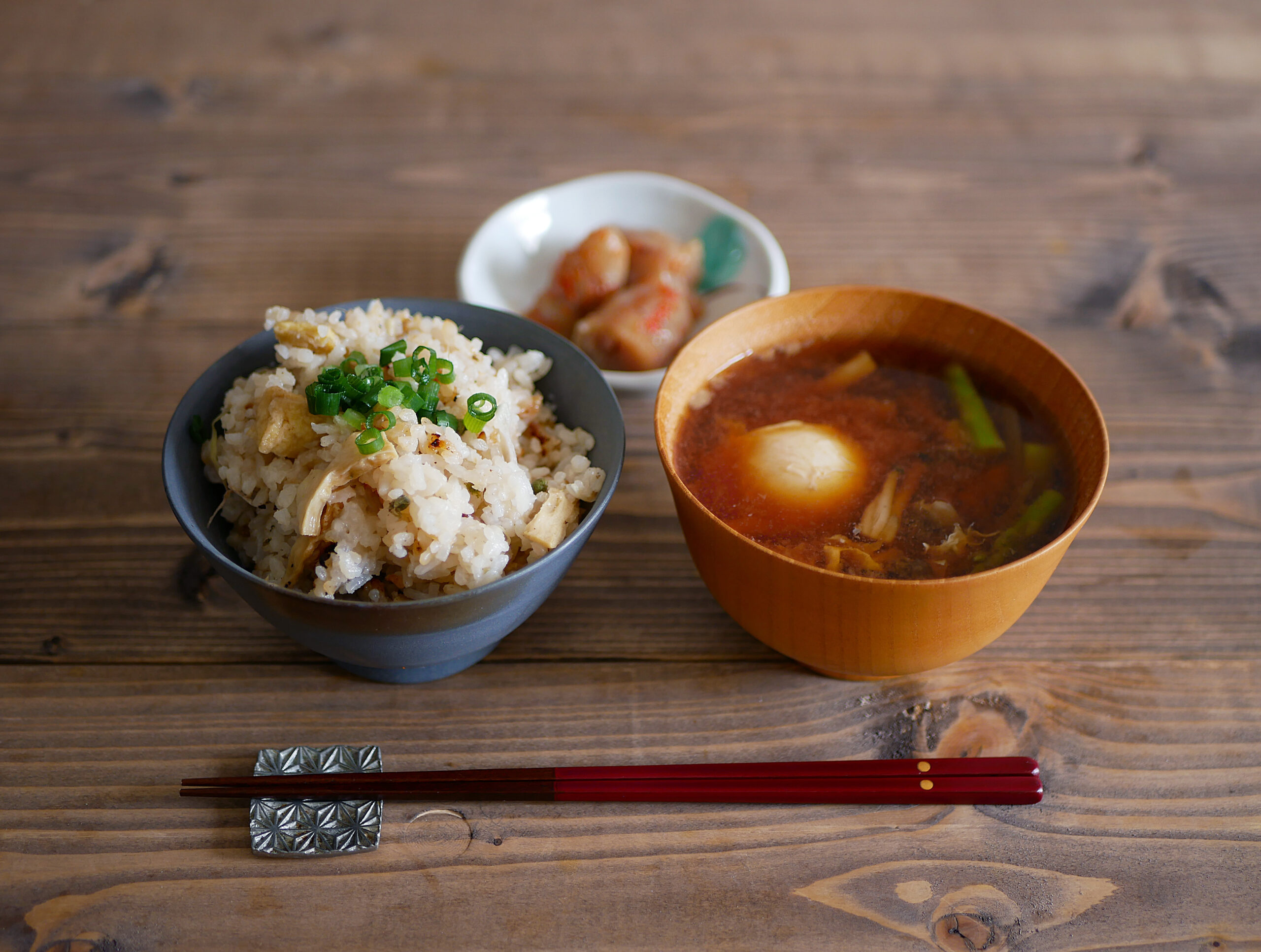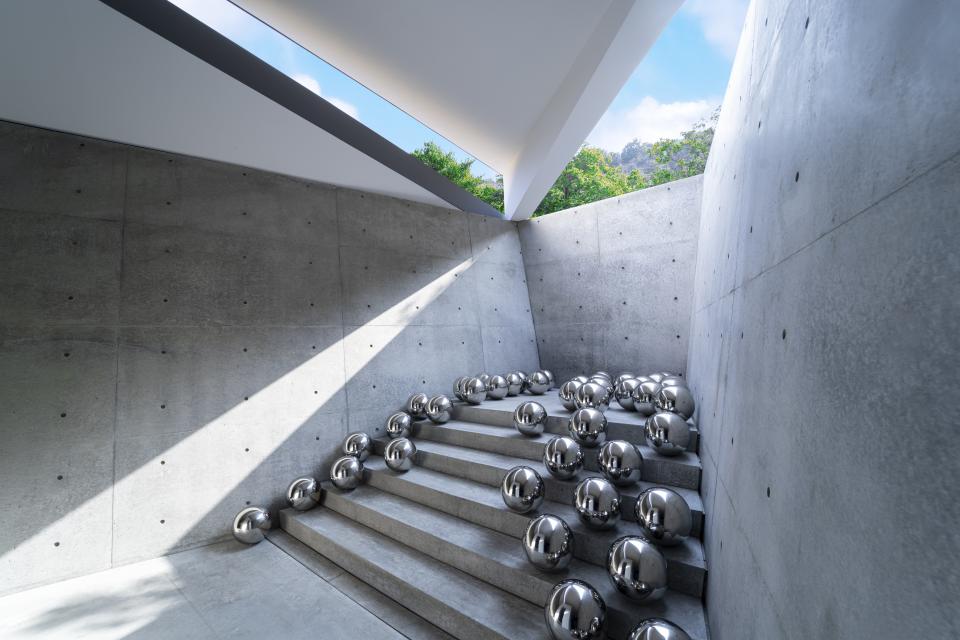Saga, a name some people recognize for its coolness as a prefecture, is located in northwest Kyushu, between Fukuoka and Nagasaki. It takes 50 min from Hakata station ( the biggest station in Kyushu in Fukuoka)by train which makes it also a day trip destination from Fukuoka. Saga Prefecture has many surprising attractions- for example, the ruins of a village from around 2,500 years ago were discovered here, making it one of the largest ruins from that era in Japan. Saga is also home to Yutoku Inari Shrine, which has a history of about 350 years and attracts three million visitors annually. However, one thing that truly fascinates people about Saga is its ceramics, such as Aritayaki, Imariyaki, Karatsuyaki, and Nabeshimayaki. One of the oldest earthenware in the world made 16,000 years ago was discovered in Japan.
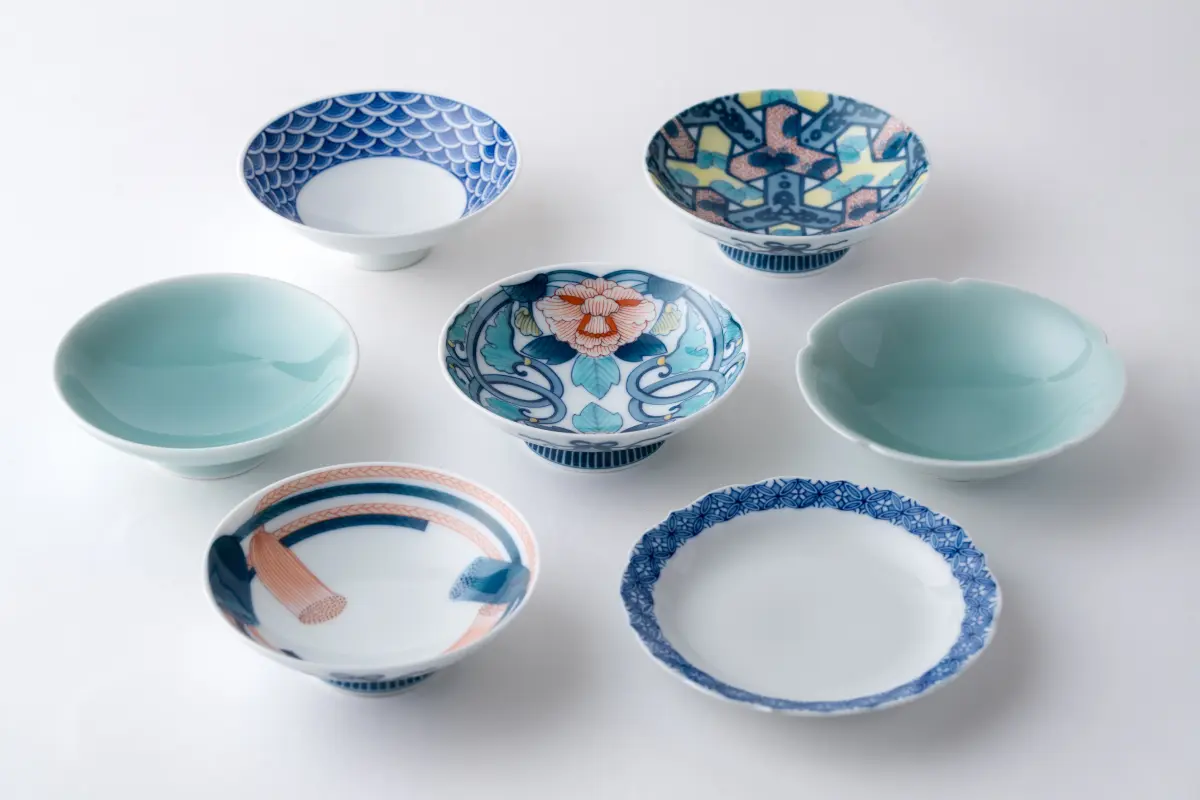
In 1592, during the war between Japan, the Ming Dynasty (an ancient dynasty in China), and the Kingdom of Korea (kingdoms on the Korean Peninsula), many soldiers gathered in Saga. Additionally, many people from the continent came and started making ceramics, which is the main reason Saga is famous for its ceramics.
Aritayaki
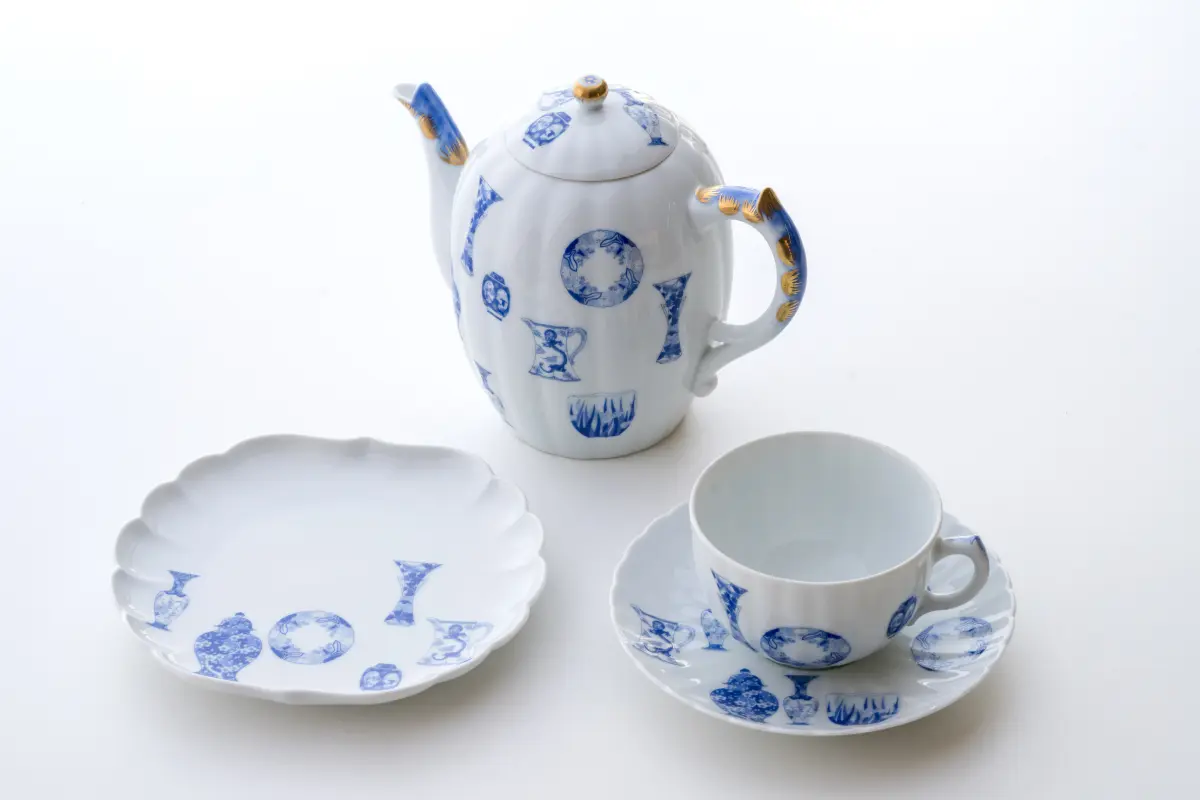
Aritayaki is produced in Aritamachi (Arita Town), located in western Saga. Sometimes this type of ceramic is called Imariyaki because it was exported from Imari Port. This is porcelain. Even within this style, there are six types of pottery works:
Shoki Imari (1610–1640)
This is the initial version. The patterns are very similar to those of China and have dark brown dots on the surface.
Kokutani Style (1640–1690)
Technological innovation led to the production of overglaze porcelain. The colors are mainly blue, yellow, and green. These were primarily sold in Japan.
Kakiemon Style (1650–present)
The milky white fabric is dominated by an elegant red color, with white space used to create a picturesque design. It was believed that the first generation Sakaida Kakiemon invented this style, but recent studies suggest it was developed through the combined efforts of all Arita kilns. In the latter half of the 17th century, advances in technology made it possible to produce fabrics that were nearly pure white, and Kakiemon style porcelain that utilized the white margins was manufactured as a top-quality export product.
Kinrande Style (1690–present)
This style is characterized by its gorgeous use of gold leaf. As the popularity of the Kakiemon style declined and the economy improved, the more opulent Kinrande style gained prominence.
Nabeshimayaki (1628–present)
Only the highest quality products were made for the Japanese domestic market as gifts to the shogunate and feudal lords. Because these were gifts ordered by the Nabeshima clan, only the best works by the best craftsmen were available, with no regard for profitability.
Kinri Yoshiki
The products made in this style are dedicated solely to the imperial family, representing the pinnacle of Aritayaki quality.
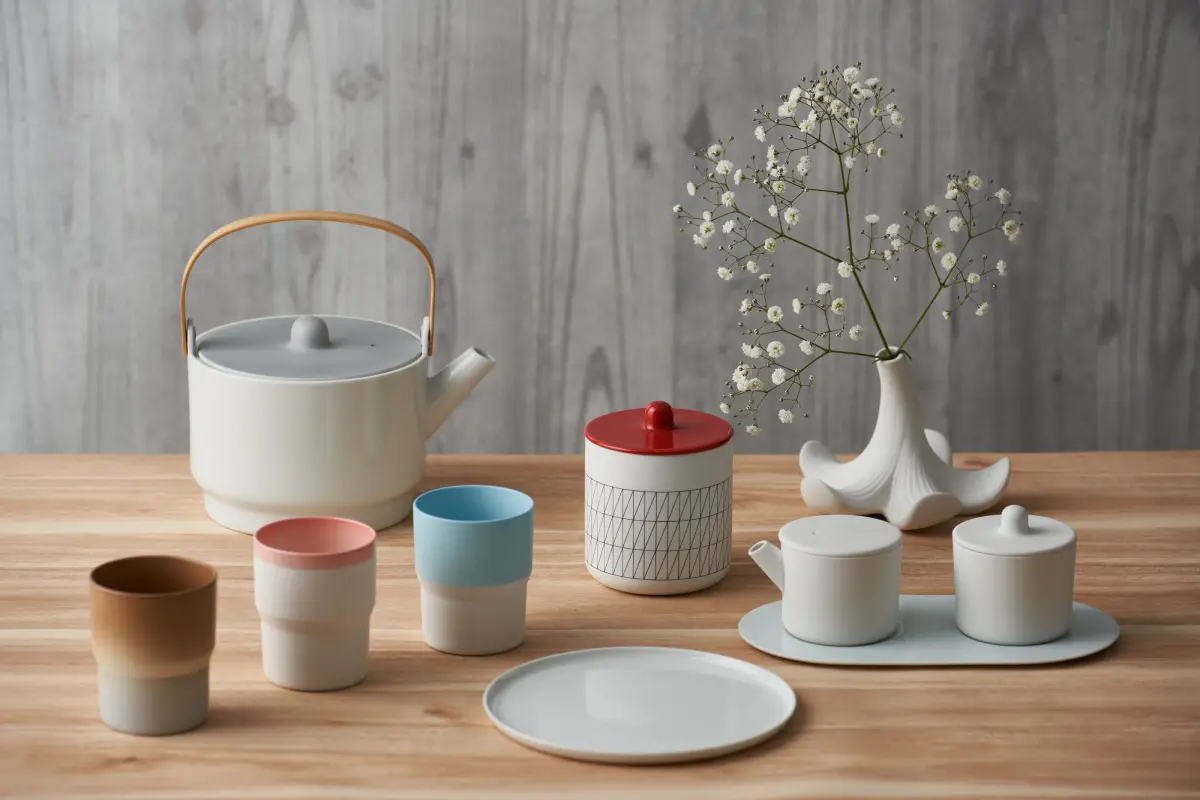
From these diverse styles, Aritayaki ware has become a valuable traditional craft with a long history that continues to this day. If you love this kind of artistic beauty, a tour with us will be a precious and wonderful treasure in your life.
by Yuki

